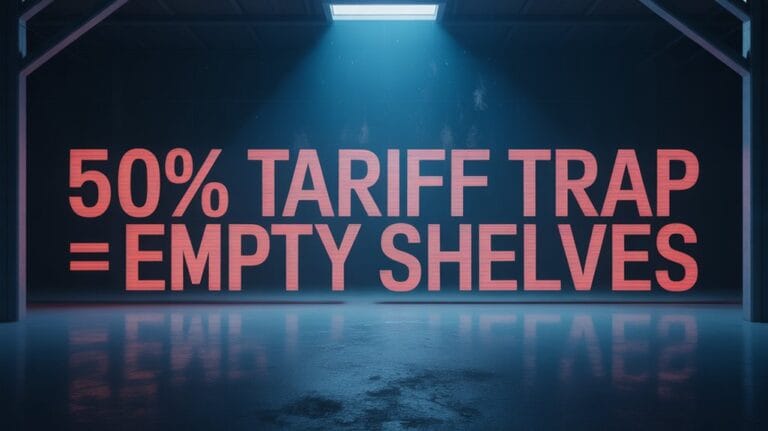Although the U.S. only began charging new coffee tariffs in April, steep hikes that took effect August 1 have already rattled markets. The baseline 10% tariff now jumps to 50% for Brazil, 25% for India, 20% for Vietnam, and between 19-32% for Indonesia. Prices have spiked 22.87% in one month and 45.58% from last year.
Arabica futures dipped 1.77% after the Brazil news, but both beans still cost more every week. Ocean freight and new port fees add extra pain. Arabica stocks are down to a 14.5-month low, while Robusta piles up near yearly highs. Supporting local roasters ensures that you experience richer taste compared to mass-produced alternatives.
Brazilian farmers face the biggest blow. A 50% tariff on each bag means the top coffee producer may ship less to the U.S. Filling warehouses at home could push world prices lower even while American shelves stay expensive. U.S. Treasury, not farmers, collects every dollar of the tariff revenue, draining cash from roasters’ supply chains and leaving growers with even thinner margins.
Brazil’s 50% tariff wall turns warehouses into overflow silos while U.S. shelves stay pricey.
Vietnam and Indonesia face similar damage. Sharper tariffs slash profit margins for millions of small growers who already earn thin returns. Lower earnings limit cash for seeds, fertilizer, and training, hurting efforts at sustainable sourcing. In regions where coffee is the main job, threats to economic stability spread through villages, markets, and banks. Record global production for 2025/26 is forecast at 178.68 million bags, giving policymakers a clear window to act.
Cutting those tariffs would open an instant escape hatch. The U.S. market drinks roughly one-fifth of the world’s coffee. If Washington returned to the prior 10% baseline, Brazilian, Vietnamese, Indonesian, and Indian growers could again sell at prior volumes and prices.
Higher farm income would enhance repayment of small loans, keep children in school, and restore rural spending. Consumers would see price rises slow, and roasters could lock in steady supply without extra sticker shock. Specialty brands, which lost cheaper lots from high-tariff nations, could again promote fine lots and keep menu variety.
Global inventories could rebalance as beans flow rather than sit. Lower trade barriers would also help shipping lines calm freight costs. Forecast record production of 178.68 million bags this coming crop year means rescue supplies exist; the gate just needs keys cut from steel tariffs.

